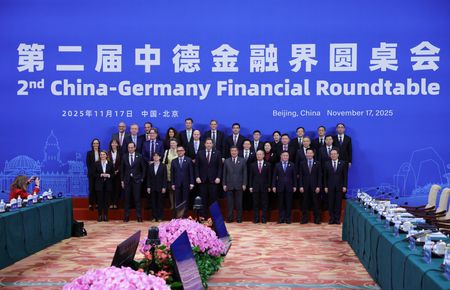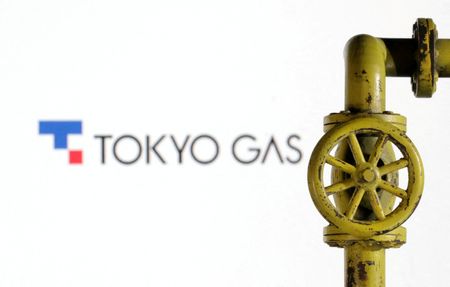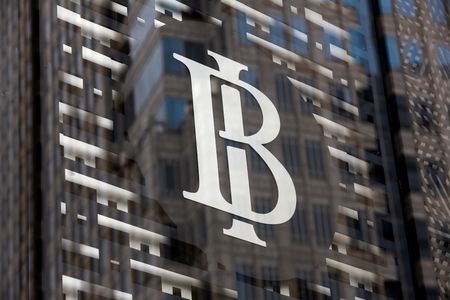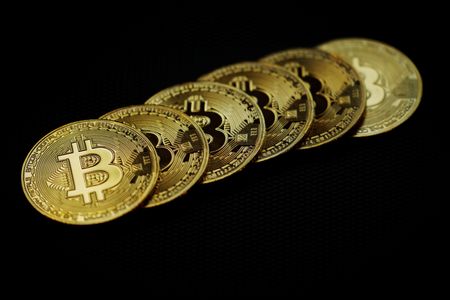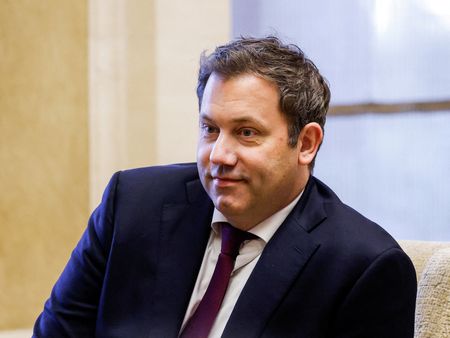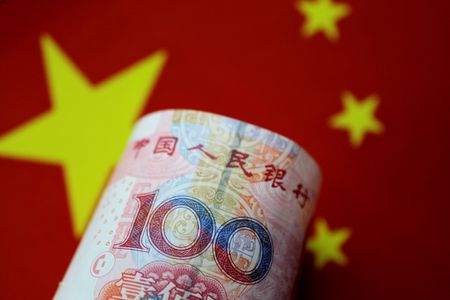By Leika Kihara and Yoshifumi Takemoto
TOKYO (Reuters) -Japan must compile a stimulus package of around $149 billion to support an economy hobbled by U.S. tariffs and weak consumption, Goushi Kataoka, a private-sector member of a key government panel, told Reuters on Monday.
The proposed 23 trillion yen ($148.65 billion) in spending and tax cuts would far exceed the 17 trillion yen that was reported by the Nikkei newspaper as the likely size of new Prime Minister Sanae Takaichi’s first stimulus package.
Japan’s economy may not rebound much after contracting in the third quarter, Kataoka said in an interview, with the outlook for exports clouded by weak consumption and capital expenditure, automakers hit by Washington’s tariffs and U.S. economic uncertainty.
“Given uncertainty surrounding Japan’s economy, it wouldn’t be enough to spend just around the same size of last year’s extra budget,” said Kataoka, who was picked by Takaichi to join her flagship panel covering the government’s growth strategy.
The package should include 20 trillion yen in spending and 3 trillion yen worth of tax cuts to cushion the economic blow from rising living costs and U.S. tariffs, Kataoka said.
It can be funded with 10 trillion yen in new bond issuance and 13 trillion yen worth of tax and non-tax revenues, he said.
KATAOKA URGES CAUTION ON HIKING INTEREST RATES
Given the darkening economic outlook, the Bank of Japan should move cautiously when raising interest rates, said Kataoka, a former BOJ board member who is currently chief economist at PwC Consulting.
“It would be premature,” Kataoka said when asked about the dominant market view that the central bank will raise interest rates to 0.75% from 0.5% in December or January next year. “I don’t think the BOJ will raise interest rates in December.”
“The BOJ should wait at least until March or April” to raise rates so it can evaluate how much the government’s stimulus package will lift growth and gather more data on next year’s wage negotiations, he said.
Kataoka served as BOJ board member from 2017 through 2022, when the central bank was beginning to gradually phase out a radical asset-buying programme deployed in 2013 to pull Japan out of deflation and economic stagnation.
During his term, he regularly proposed stronger monetary easing steps and disagreed with its decision to keep policy steady or phase out stimulus.
SAYS EXCESSIVE YEN FALLS ARE UNDESIRABLE
A proponent of expansionary fiscal and monetary policy, Takaichi filled seats in key government panels with advocates of big spending backed by low interest rates, including Kataoka.
The administration’s reflationist approach, and Takaichi’s comments voicing displeasure over a near-term rate hike, helped weaken the yen on market expectations that the central bank likely won’t raise interest rates at a steady pace.
While a weaker yen boosts exports, it has become a political headache for policymakers as it also drives up the costs of importing fuels and raw materials.
Kataoka said excessive yen declines were undesirable, adding that the pace of recent falls in the currency had been rapid.
“It’s important for Japanese authorities to show their resolve to intervene in the currency market if needed,” he said.
On Takaichi’s growth strategy, Kataoka stressed the need to come up with investment plans for key growth areas extending through five to 10 years, and produce government estimates on the likely effect they would have in generating growth.
He also proposed the idea of issuing bonds to fund education spending, which would boost productivity and help tackle acute labour shortages.
“Japan must spend more to boost productivity and upgrade its infrastructure,” Kataoka said. “The government must fund medium- and long-term projects, and encourage companies to follow suit.”
($1 = 154.7300 yen)
(Reporting by Leika Kihara and Yoshifumi Takemoto; Editing by Thomas Derpinghaus and Gareth Jones)



